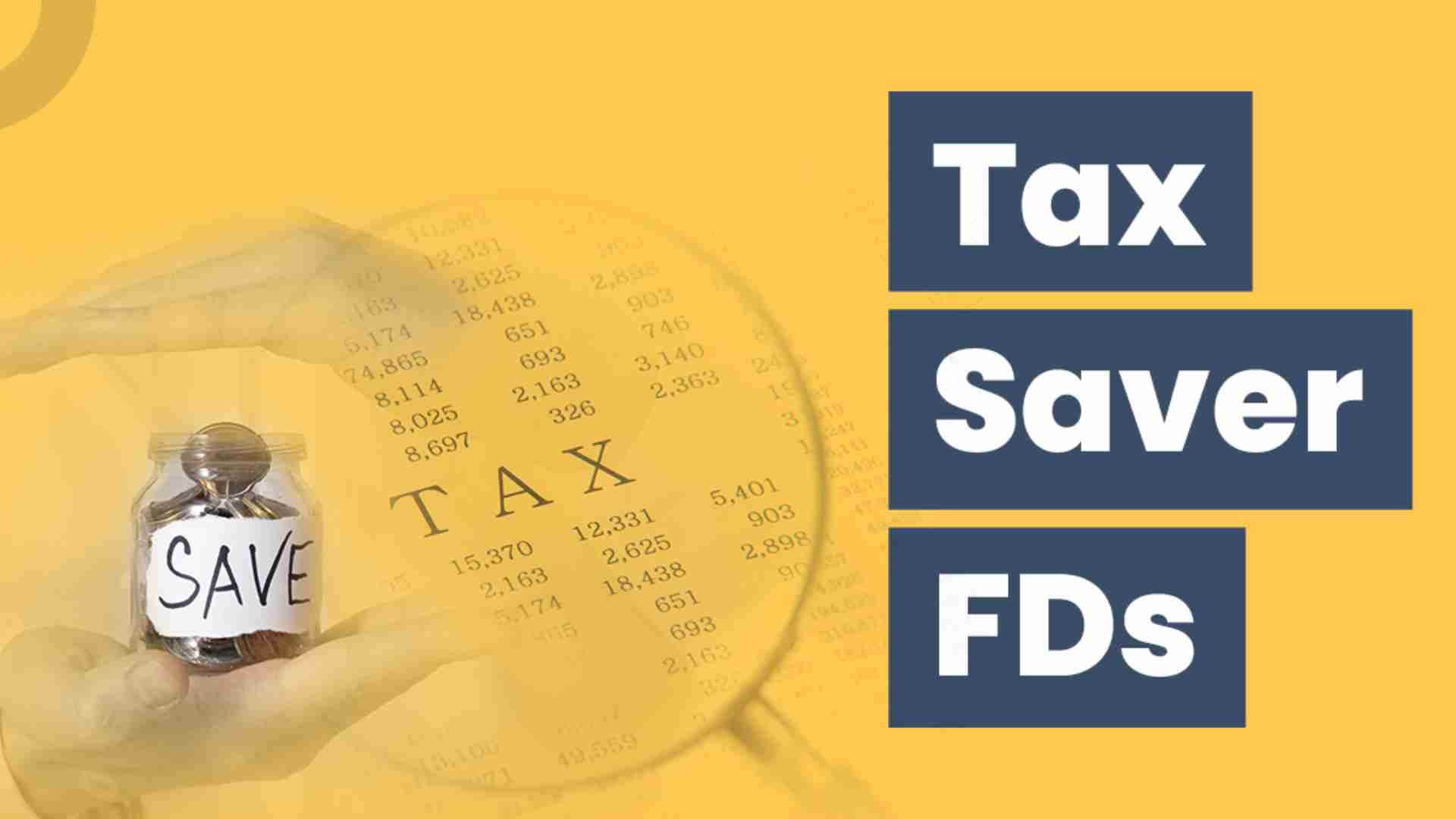Tax-Saving Fixed Deposits: Benefits and Limitations

Fixed Deposit interest incomes are subjected to taxation according to the income slab rates. However, there is a particular FD variant that allows you to save on taxes while maximising your returns.
Tax-saving Fixed Deposit offers guaranteed returns while saving up on income tax. However, it does not come without its list of pros and cons.
In this blog, we will look into the various ways in which investors can benefit from Tax-Saving Fixed Deposits and the possible drawbacks.
What are Tax-Saving Fixed Deposits?
In Tax-Saving Fixed Deposits, your investment amount is locked in for a period of five years.. The amount for the deposit can start from as low as ₹100 and go up to ₹1.5 lakh. Under Section 80C of the Income Tax Act of India, long-term fixed deposit schemes can provide you with a tax deduction of a maximum of ₹1.5 lakh per financial year.
Fixed deposits are mostly offered by financial institutions such as banks and post offices, and they offer an excellent way of saving money in the long run while receiving tax returns.
Benefits of Tax-Saving Fixed Deposits
Listed below are the benefits of Tax-Saving Fixed Deposits:
- Tax Benefits: One of the key benefits of Tax-Saving Fixed Deposits is the returns one receives at the end of a financial year. By investing a certain amount out of your income, you can get up to ₹1.5 lakh as tax savings. This makes it a very popular form of investment among tax-payers
- Guaranteed Returns: Unlike stock markets or mutual funds, which carry a lot of risk and offer no guaranteed returns, Fixed Deposits, although they offer comparatively lower returns, are guaranteed and are not influenced by market fluctuations.
- Flexible Investment Amount: The amount required to make a tax-saving Fixed Deposit is low. Interested people can start from as low as ₹100, although the maximum amount you can get a waiver of is ₹1.5lakh.
- Ease of Investment: FDs are the easiest form of investment. Apart from guaranteed returns and low risks, the process of starting an FD is also very easy. Plus, the process doesn’t require a lot of hand-holding. But if you still need any help, there are always banking professionals around to guide you.
- Nomination Facility: FDs allow you to nominate someone as your beneficiary. In case something happens to you, they will have full access to the maturity amount.
Limitations of Tax-Saving Fixed Deposits
Listed below are some of the limitations of Tax-Saving Fixed Deposits:
- Lock-in period: While you can choose your tenure with standard Fixed deposits, you must lock in your investment for five years with a Tax-Saving Fixed Deposit. This means you can not withdraw the amount before the maturity date, or you will face a penalty.
- Taxable Interest: Tax-Saving Fixed Deposit only helps waive the tax on the principal amount. The interest earned is fully taxable. The interest earned is added to your income and is deducted as per your tax slab.
- Interest Rates: If you calculate on your FD interest rate calculator, you will notice that in most cases, the interest rate for a Tax-Saving Fixed Deposit is lower than other tax-saving investments such as mutual funds. While FDs do provide stability, the returns might not be too flattering.
Conclusion
Tax-Saving Fixed Deposits are a reliable and safe method of earning stable returns. While they might not offer as high returns as mutual funds or other tax-saving investments, they carry much less risk and guarantee wealth generation. Always consider the pros and cons of a Tax-Saving Fixed Deposit before making an investment decision.
